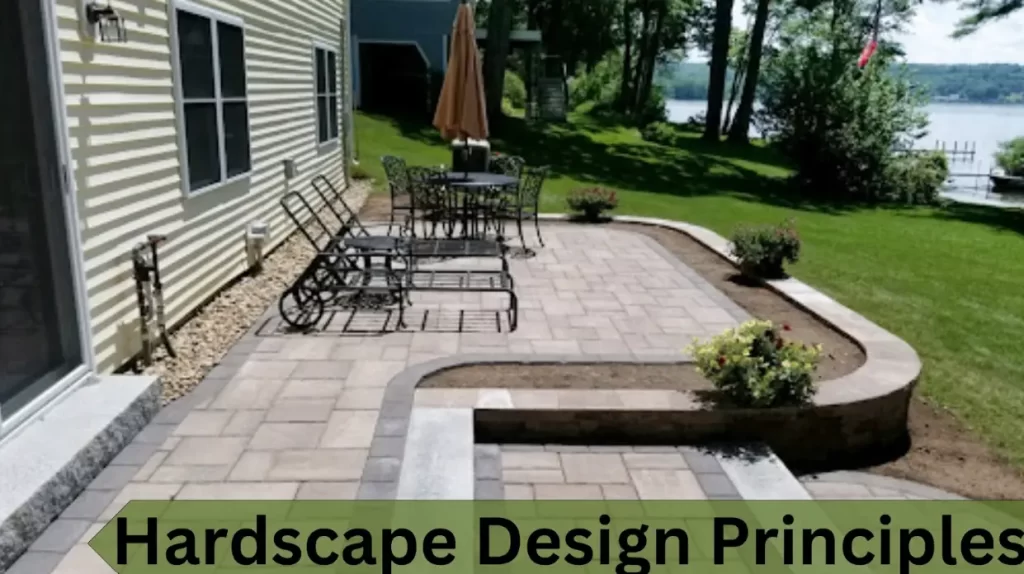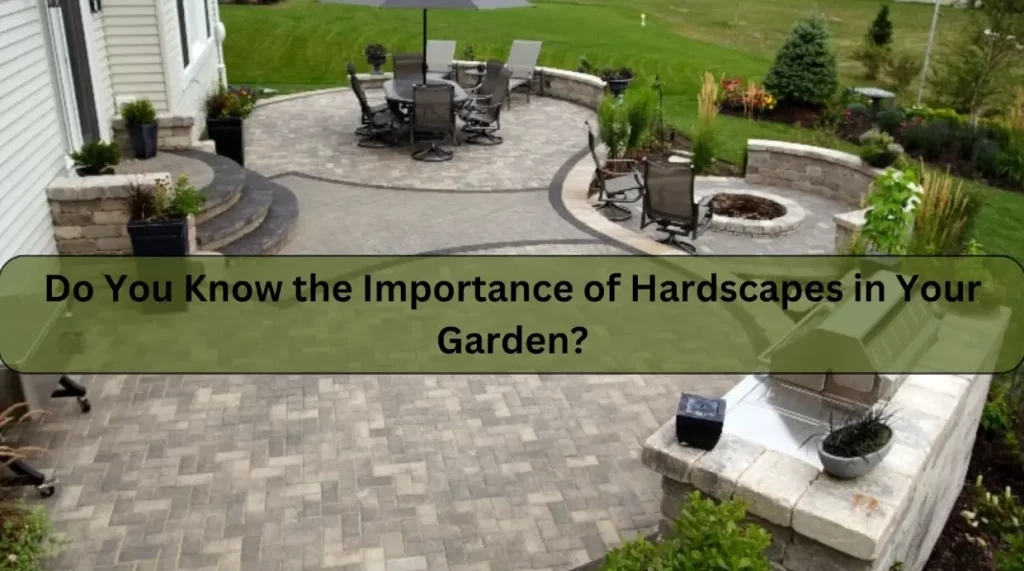Hardscaping is not just about putting flowers and plants in your garden so that it looks like territory taken out of heaven. Hardscape brings pathways, driveways, patios, walls, and other non living features into the landscape, offering more usability of outdoor space and turning your outdoor retreat even cozier during the freezing months. It has been established that hardscaping is used to help unlock the full potential of this land use type.
What is Hardscape?
Stoneworks in parts of the garden that do not include plant life and are normally made of hard materials other than plants can be pathways, retaining walls, or patios, for example. Hardscape structures, as opposed to plants and softscapes, are functional in the garden in the following ways: they give garden designs framework and solidity; they perform more; and they have several uses, which include: being environmental accessories with unique and discerning appearances in otherwise boring garden patterns! They assist in turning normal gardens into beautiful, desirable spaces for outdoor living.
Function of Hardscape
Stonework plays an indispensable role in landscaping by adding structure and functionality to outdoor environments. It creates defined spaces for activities like entertaining on patios or navigating gardens along well-planned pathways, as well as aesthetic appeal through materials like stone, brick, or concrete, offering creative design opportunities beyond organization alone. Furthermore, Stonework elements improve aesthetic appeal as they add durability and permanence to outdoor areas, meaning gardens don’t only look lovely year-round; they also serve practical functions all year long, regardless of weather conditions.
Features of Hardscapes
Stoneworks offers several features that elevate garden design:
- Durability: They withstand weather elements and heavy foot traffic without suffering damage or becoming worn down over time.
- Versatility: From patios to fire pits, these stones provide many design possibilities.
- Low Maintenance Requirements: Pavers require less upkeep compared to plants while creating usable spaces for relaxation or entertainment.
Outdoor spaces benefit greatly from these elements, as they enhance both their visual appeal and practicality for long-term value.
The Importance of Hardscapes in Garden Design
Hardscape is one of the key aspects of garden design since it provides the backbone of a garden by providing form, utility, and beauty. Besides beautifying the environment, Stonework divides open spaces into dining areas, lounge areas, or locations where gardening occurs; it helps in directing access because pathways, patios, or even retaining walls are expected. In addition, Stonework enhances the living area outside the house through possibilities of leisure and recreation, which changes gardens into comfortable spaces that blend well with other natural surroundings.
Hardscape Design Principles

Effective Stonework design revolves around several fundamental principles to ensure it fits seamlessly into garden landscapes. It begins by balancing Stonework elements with softscape features like plants and trees to form an attractive environment. Selecting materials that complement both aesthetic and climate conditions is key, as is taking into account factors like scale, texture, and color to achieve visual balance and increase visual interest. Attracting usability through functional elements such as seating areas, pathways, and water features improves usability while keeping with the garden’s natural flow. Adherence to these principles ensures Stonework design not only enhances outdoor spaces’ aesthetic appeal but also ensures maximum functionality and enjoyment throughout all four seasons.
Sustainable Hardscaping Practices
When implementing the concepts of Stonework and hardships, it can be environmentally friendly and also enhance the durability of outdoor design.
Utilize Eco-Friendly Materials: It is good to buy recycled or local raw materials to help reduce environmental impact.
Permeable Paver: enables water to drain through while ensuring that water does not drain off in a bid to refill the underground water reserves.
Native Plants: The incorporation of native species into the hardships of construction will increase efficiency in biological divinity and reduce demand for maintenance.
Water Conservation: Some of the measures that should be put in place include providing efficient methods of water use, such as irrigation systems and harvesting rainwater, as a way of conserving water.
They work towards setting up a greener garden but also a healthier and more sustainable garden that can be endured for several years.
Differences Between Hardscaping and Landscaping
The main definition defines hardscaping and landscaping as two sides of outdoor design, where the first encompasses all the elements that complement the second and vice versa. Stonework elements are all those inanimate structures that shape the built environment, including those patios made of stone, brick, concrete, and other naturally formed elements that require little maintenance. On the other hand, landscaping mainly comprises the availability of planting areas of vegetation and greenery that emphasize the natural world’s beauty and its conservation values, such as tree shades for wildlife.
Hardscaping and landscaping combine forces to transform outdoor environments into visually attractive yet practical spaces. By integrating both aspects, designers achieve a harmonious balance between structural elements and natural beauty, improving usability while simultaneously increasing aesthetic value in gardens, parks, or residential landscapes alike.
Designing a Functional Hardscape
Designing a functional stonework requires careful planning to balance practicality and aesthetic appeal. Assess your outdoor space’s needs and uses—whether that means designing a cozy seating area, designing pathways for easy navigation, or installing water features to add ambiance. Selecting appropriate materials like durable stone or flexible concrete is crucial for both longevity and maintenance ease, as well as scale and proportional considerations that ensure Stonework elements fit seamlessly with their surrounding landscape. By marrying creativity with functionality, a well-designed Stonework not only enhances outdoor areas’ beauty but also maximizes their usability throughout different seasons and activities.
Conclusion
In conclusion, hardscaping has quickly become an essential component of modern garden design, offering structural integrity, aesthetic enhancement, and functional versatility. By adding durable features like pathways, patios, interlocking, and retaining walls to gardens, they transform them into cohesive living areas that extend outdoors. By selecting materials carefully and adhering to design principles, a Stonework not only complements but also enhances softscape elements like plants and flowers while simultaneously serving as entertainment hubs. Thoughtful hardscaping enhances the usability and visual appeal of outdoor environments, making it an integral component of any thoughtfully planned landscape design plan.

